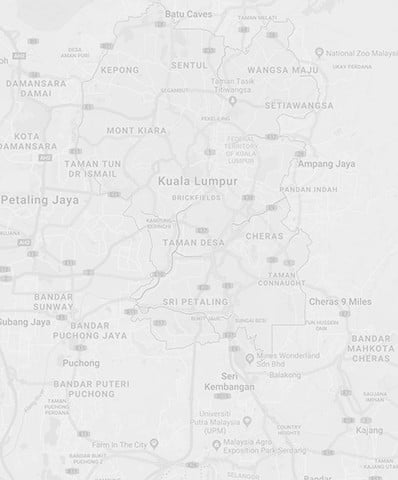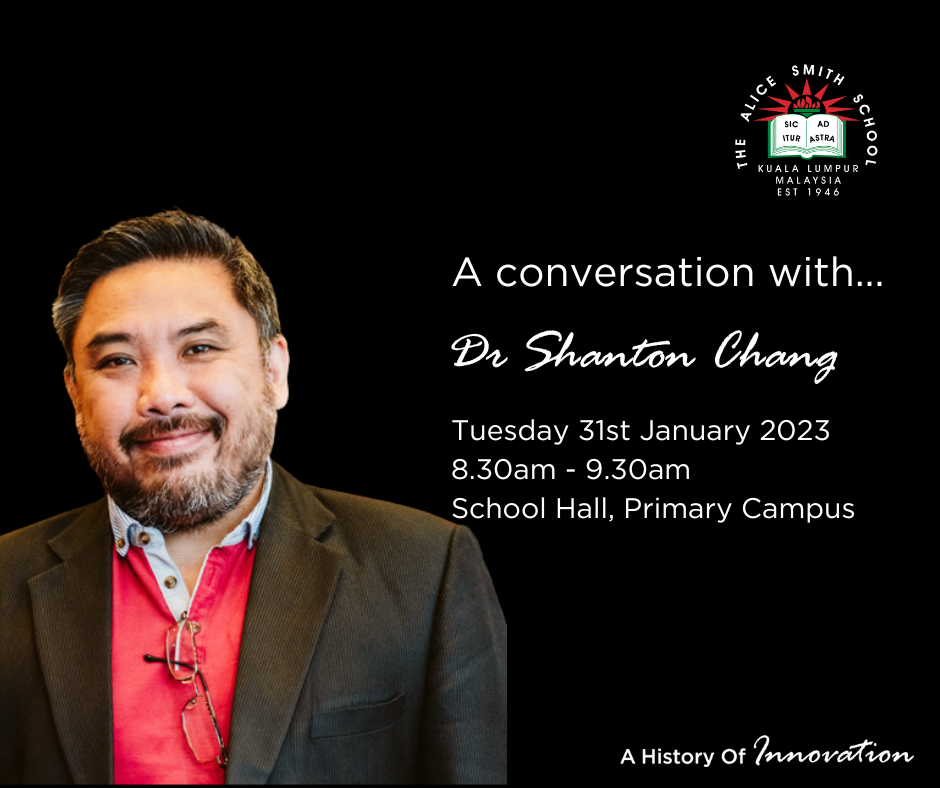We had the pleasure of having a conversation with Dr. Shanton Chang, Professor of Information Behaviour and Information Systems at the School of Computing and Information Systems, and Associate Dean at the Faculty of Engineering and Information Technology, from the University of Melbourne. Dr. Shanton has extensive experience in international education having been involved in recruitment, teaching and learning across cultures, career mentoring as well as international education strategy and policy.
- The first revolution was the harnessing of water and steam which helped to mechanise production and travel (18th – 19th century)
- The second revolution was the advent of electric power which then facilitated mass production (late 19th – early 20th century)
- The third revolution, more recent, was the use of electronics and IT to enable automation (late 20th century).
This take us to the fourth revolution which built on the third revolution and is focused on new technologies, information and data and embedding IT into everyday life (not just business and production).
Where are we today?
Dr. Shanton shared the chart pictured above, which shows we are way past having clean water and sophisticated transportation infrastructures, and are currently in the midst of the fourth industrial revolution, where digital technologies are in our homes. However he warned that we are not fully aware of the implications of technology being so close to home. As a community, we need to understand better about the actual role of technology in our homes and in businesses too.
This has brought us to the emergence of the fifth industrial revolution. We are now choosing to adopt technology, choosing to buy technology and choosing what technologies to use, but in the fifth industrial revolution, we don’t actually have a choice because artificial intelligence or AI will decide for us. AI decides what you should be looking at, what you should be buying and what you should be consuming. The decision is already made for us. As a community, we have to learn about the data we are sharing now, because this would determine how you are profiled online. Employers of the future will then look at this information which is automated for their recruitment process.
What is digital astuteness?
Another requirement that employers will be looking for is digital astuteness. This is an attribute or a set of skills and attitudes that show how a potential employee faces the world and how they carry out their work. Dr. Shanton described four attributes that make up digital astuteness, starting with the basics which is computer and digital skills, that include skills like knowing how SEO works and creating videos. Next is digital literacy skills which is how you differentiate data and information, between being real and dubious or fake. Dr. Shanton highlighted that this is where teachers make a mistake by assuming that the younger generation who are born into the digital age are ‘digital natives’ and therefore they should know how to easily differentiate between real and fake information. He asserted that the term ‘digital natives’ is an unfavourable term, assuming that children should already have these skills when in fact even students in universities do not naturally have these skills.
The third attribute is digital emotional intelligence which is a fundamental element because 60% of communication today is online, and this went up to 80% during the pandemic. You need to be able to read between the lines of what you read online. This is the basic understanding of what is communicated to you digitally. How well you interpret the information, gather information and execute tasks from that information. The last attribute is digital personal branding, this refers to what information about you is available online. Employers will check this information before they even contact referees from your CV. What you post today will reflect on your personal branding online and decide how an employer will look at you in the future.
How much digital engagement should a primary student have?
Dr. Shanton highly recommends human interaction skills above digital skills for students under 10. He emphasised that it is the most important time for their basic human development at that stage to be exposed to activities that involve real human expressions and face to face emotional intelligence. When a child is using an app that has animated characters' expressions, they will miss out on learning how to interpret real human expressions, and this is made worse by the use of masks today. Technology today and in the future are practically idiot-proof, meaning that anyone can pick up a device and easily use it, or work out how a software or an app works. Children have plenty of time to pick up digital skills after they have developed the fundamental human interaction skills.
What is recommended to be taught to secondary students about digital technology?
One of the most important things that Dr. Shanton says we need to teach them, is that there is a person behind the screen even when you can’t see someone. Even adults are not always aware of this. Are we really aware of what kind of data we are giving out on Facebook, Amazon and your local shopping centre? If we as adults are not able to get a sense of it, how are teenagers supposed to understand it? This is what we need to ensure we are teaching them in school. Inform them about the implications of digital technology; that there are people behind it, good people and bad people. That there are consequences to what you post online. We need to also educate them about cybersecurity. If you use Alexa and Siri, there is someone constantly listening to you.
A conversation with Dr. Shanton Chang continues in our next blog post. Stay tuned for more insights and advice on what kind of skills are needed for young people to navigate the complexities of the ever changing industrial revolution and how they can stay relevant to future employers.


